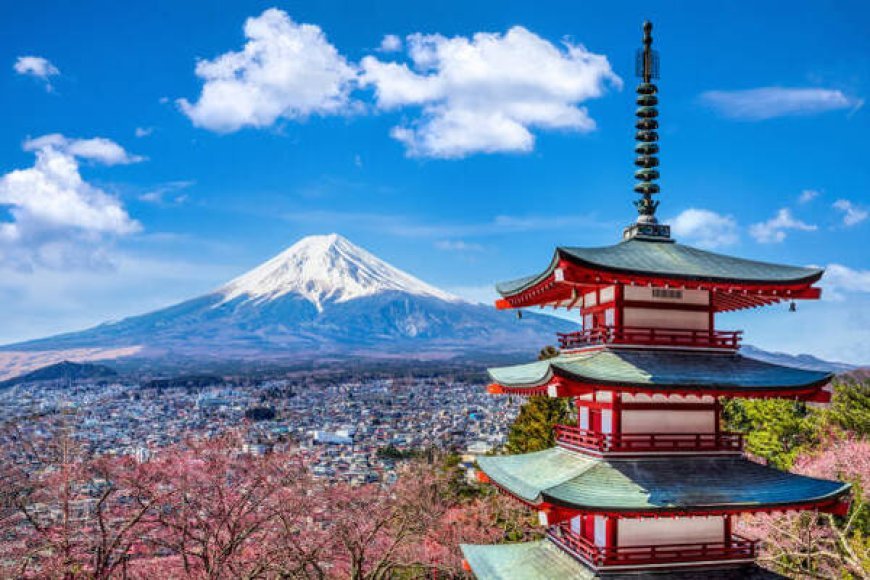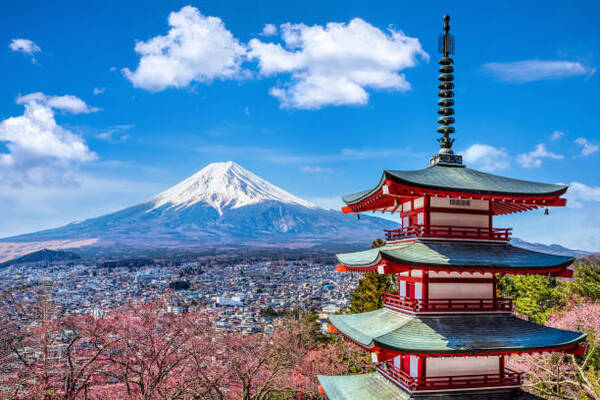Japan Enters A Golden Era Of Tourism As Over Twenty-One Million Visitors From China, South Korea, Singapore, The U.S., And Europe Drive Astonishing Growth


Japan’s tourism sector is experiencing an extraordinary revival, fueled by a dramatic rise in international arrivals from China, South Korea, Singapore, the United States, and various European nations. In the opening half of 2025, Japan attracted upwards of twenty-one million international travelers, setting a new all-time high and representing a remarkable 21% growth from the previous year’s figures. This explosive growth is driven by restored airline routes, pent-up travel demand post-pandemic, the global appeal of Japan’s cultural and seasonal attractions, and strategic tourism campaigns targeting global markets. Despite challenges such as regional safety concerns and overtourism, Japan’s momentum in the global travel landscape remains stronger than ever.
Japan’s Tourism Soars to New Heights in 2025 as Government Pushes for Balanced Growth Amid Safety Concerns and Overtourism Worries
Japan is experiencing a remarkable tourism revival in 2025, achieving historic milestones in international arrivals during the first half of the year. According to newly released data, the country welcomed a record-breaking 21.5 million overseas visitors between January and June, representing a 21% year-on-year surge compared to 2024. This exceptional growth underscores Japan’s increasing popularity as a global travel destination and signals strong post-pandemic recovery in its tourism sector.
This resurgence has been driven by heightened interest from several key international markets. In particular, the number of visitors from countries such as China, South Korea, Singapore, the United States, and various European nations saw a notable increase. The steady return of airline connectivity, combined with Japan’s diverse cultural attractions and seasonal beauty, has reestablished the country as a top-tier destination for travelers worldwide.
However, not all trends have followed the same upward trajectory. Tourist arrivals from a major financial hub in East Asia dropped significantly in recent months, with figures showing a nearly 33% decline in visits from that region. This unexpected downturn has been widely attributed to the spread of unverified earthquake warnings that circulated online. These speculative forecasts, some reportedly based on fictional or pseudoscientific sources, caused anxiety among potential travelers despite repeated official assurances that no such seismic events were imminent or predictable.
Despite Japan’s strong overall tourism performance, visitor numbers from that particular region declined. Meanwhile, June alone saw around 3.4 million international arrivals, reflecting a 7.6% increase over the same month in the previous year. This increase was largely driven by seasonal demand linked to school holidays and summer travel planning, which tend to attract both families and independent explorers alike.
In 2024, travelers from the aforementioned region accounted for around 2.7 million trips to Japan. Their absence in 2025 has not gone unnoticed, especially as the country pushes forward with ambitious tourism goals. Japan has outlined a long-term strategy to nearly double its annual international arrivals to 60 million by 2030. To achieve this, the government is actively working to distribute tourism traffic more evenly across the country rather than concentrating it in already saturated hotspots.
A key part of this approach involves encouraging visits to rural and lesser-known destinations, promoting off-season travel, and supporting local communities with tourism infrastructure development. By shifting the focus away from over-crowded locations such as Tokyo, Kyoto, and Osaka, officials hope to protect cultural heritage sites while simultaneously boosting regional economies.
Nevertheless, the growing number of visitors has reignited conversations about overtourism in some of Japan’s most iconic areas. Cities steeped in history and tradition are now grappling with the strain of mass tourism, similar to what is being experienced in other popular global destinations like Venice. In locations such as Kyoto, concerns over environmental degradation, crowded public spaces, and disruptions to local lifestyles are prompting discussions about more sustainable visitor management strategies.
Japan’s challenge moving forward will be to maintain the momentum of its booming tourism industry while preserving the delicate balance between economic benefits and community well-being. The rapid influx of international travelers showcases the country’s global allure, but it also highlights the need for thoughtful, forward-looking planning to ensure that tourism continues to be a force for positive development rather than a source of disruption.
As the nation prepares for future tourism milestones, including major sporting and cultural events, all eyes will be on how effectively it navigates both the opportunities and challenges that lie ahead. With strong leadership, diversified promotion strategies, and a commitment to responsible tourism, Japan is poised to shape a new era of global travel that benefits both visitors and local residents alike.
The post Japan Enters A Golden Era Of Tourism As Over Twenty-One Million Visitors From China, South Korea, Singapore, The U.S., And Europe Drive Astonishing Growth appeared first on Travel And Tour World.






